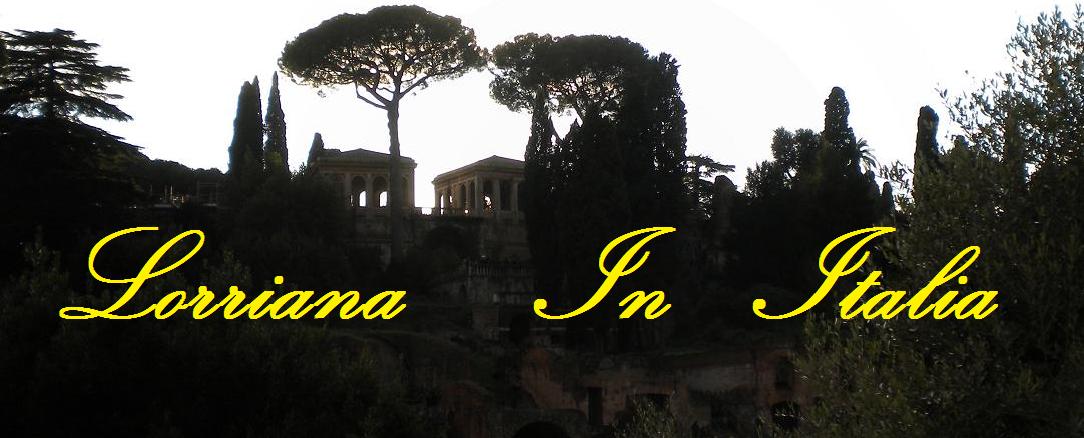
but first here’s a little background info… the “Bacio” aka “Baci” is a little chocolate that is extremely famous in Italy… especially in my town… due to the fact that it was invented here in Perugia , and that the Perugina chocolate factory is and was one of the biggest money maker of Perugia… it keeps the town running.. it kind of taste like a “Rocher”( you know the chocolate with a brown and gold wrapper)
 but without the wafer part…
but without the wafer part…L’Italia è famosa nel mondo anche per I suoi “Baci”…quelli Perugina, naturalmente! Il delizioso impasto di cioccolato e nocciole naque per caso, nel 1922, dalle sapienti mani di Luisa Spagnoli che trovò cosi il modo di utilizzare le briciole delle nocciole legandole con il cioccolato fondente.
Italy is famous throughtout the world for its “baci” which is from the Perugina company.. obviously. The delicious mixture of chocolate and the hazel nut were born (invented ) in 1922 from the hands of Luisa Spagnoli, who found a way to use the excess chocolate (she owned another type of sweet candy chocolate factory before she opened up the Perugina due to the baci)and the hazel nut (which went to waste in the candy chocolate recipe) by covering them with dark chocolate.
La novità dolciaria, in commercio, per la prima volta nel negozio di Corzo Vannucci a Perugia, si chiamò “Cazzotti”. Ma subito si passò dalla violenza all’amore, ed ecco il “Bacio”
The new sweet ,started, for the first time in a pastry on the street name Corso Vannucci in Perugia ( it’s kind of like.. the main street of Perugia , there’s a bunch of high fashion stores, and restaurants on it now a day.. but I can only imagine that it was a very important street back then.) It was called “Cazzotti”. ( Cazzotti means fist in perugian slang for the Italian word “puno”( I’m not a hundred percent sure of the spelling ) Baci was first called like this because of its shape. Luisa said that its shape resembled a fist...) But rapidly it went from violence to love, hence the name “baccio” (which means kiss in Italian.)
Fu il grafico pubblicitario Federico Seneca, invece, che fece inserire nel cioccolatino il minuscolo foglietto con le più belle frasi d’amore di tutti i tenpi e che ideò il disegno sulla scatola; i due innamorati sotto le stelle, dal celebre dipinto di Hayez.
It was the a publicity grafic designer Federico Seneca who came up with the idea of inserting a small piece of paper ( wax paper ) with the most beautiful love phrases of all time, inside with the chocolate. On the box (which the chocolate back then use to come in.. ( now it just comes wrap in a silver and blue wrapping with the love note inside the wraping..)) there was a picture taking from one of the paintings of Hayez. ( I was told in class that it was one of his paintings of Romeo and Juliet )
Persino il duce, Benito Mussolini, venne sedotto da quel “baccio” quando, nel e subito esclamò “Vi dico, e vi autorizzo a ripeterlo, che i vostri baci sono veramente squisiti!” Nel 1934 la Perugina legò il suo nome ad un famoso concorso di figurine: “I quattro moschettieri”. E il primo premio era una Fiat Toplino.
Even the duke, Benito Mussolini, came to try the “baccio”, he quickly exclaimed “I say and I autorized one to repeat this, that your “baci” is truly exquisite” In 1934 the Perugina started a contest regarding the “four musketeers” collectable figurines. The grand prize was a Fiat car.
Poi arrivò la guerra e anche i baci dovettero aspettare tempi migliori. Il grande successo giunse negli anni ’60, gli anni del boom economico, quando la produzione ebbe uno sviluppo enorme.
Once the war ( World War II) started , the baci needed to way for better times to come. Its big success came in the 60’s, in the years of the economic boom, when its production became huge.



OMG you speak italian, that is so hot!
ReplyDelete